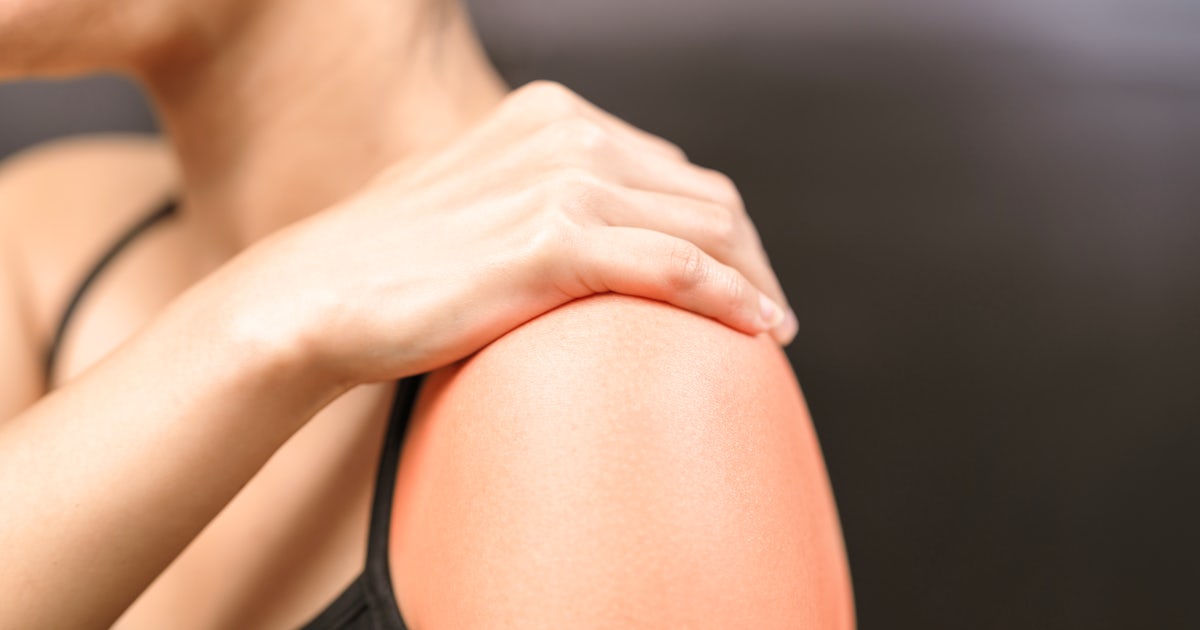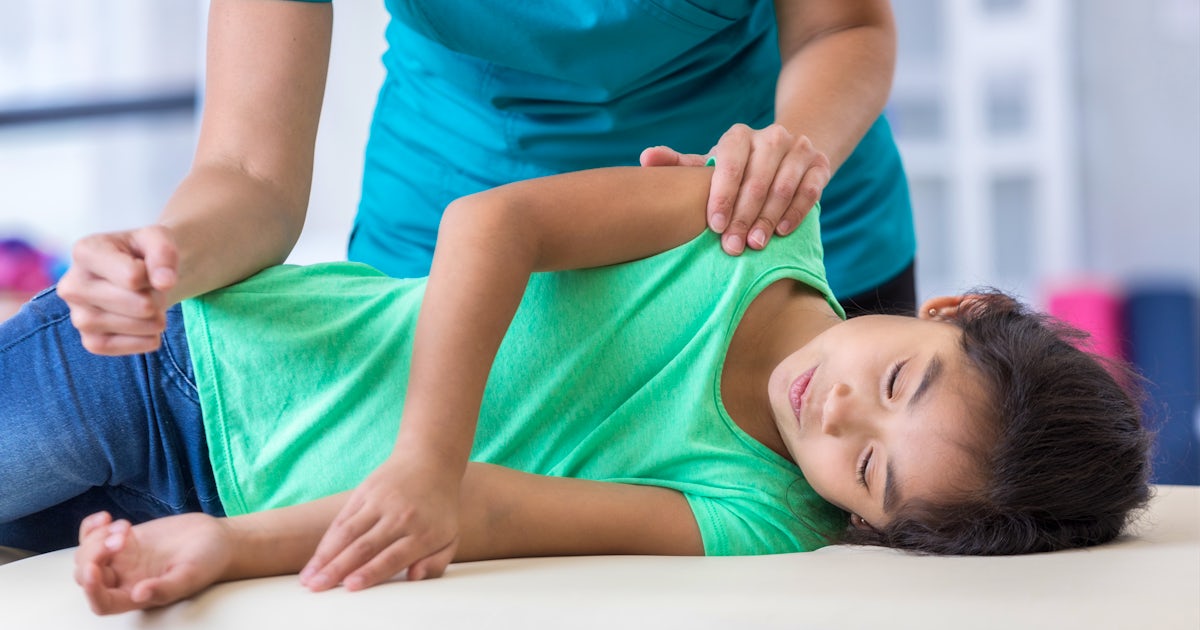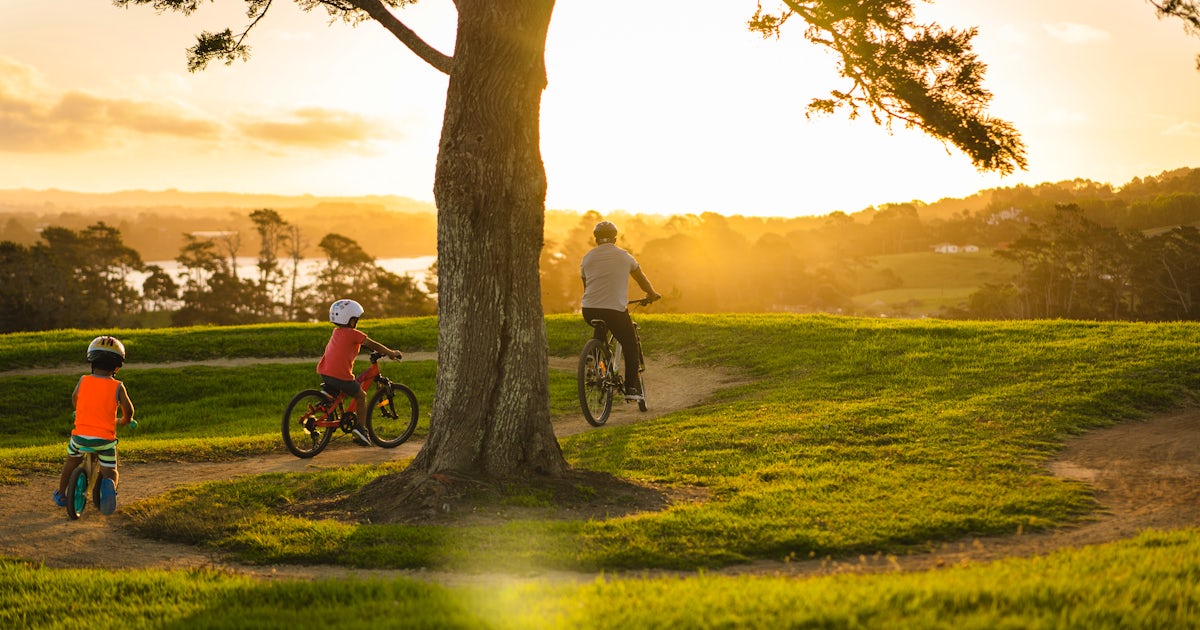April 02, 2024
 It was once thought that chiropractic increased muscle strength by reducing weakness secondary to pain. This theory has been proved true.
It was once thought that chiropractic increased muscle strength by reducing weakness secondary to pain. This theory has been proved true.
Since then, research has also shown that after a chiropractic adjustment, even those without pain get gains in muscle strength!
This research has shown that chiropractic literally charges the brain, which is the power source to muscle, and therefore increases muscle strength - no matter if you are in pain or not.
Who should care about this?
Here’s a list of what this means to you by age group:
Infant:
A baby with low muscle tone can have the following problems:
- Difficulty breastfeeding due to:
- Poor / weak latch
- Falling asleep before finished feeding
- Taking forever to feed or frequent ‘snacking feeds’ (feeding all day)
- Poor Tummy time endurance
- Delayed milestones of development
- Open mouth breathing / snoring
Toddler:
- Feet rolling in and knocked knees
- Clumsy (more than a usual toddler)
Teenager and Adult:
- Performance: If you’re an athlete you’ll want your muscles to be getting full voltage of power for optimal performance.
- Posture: poor connection between your brain and body leads to poor posture
Senior:
- Improved Balance and Decreased Risk of Falls
- Seeking a prolonged active high quality of life.
REFERENCES:
- Ngai Lo C, Ng J, Kin Au C, Choon Wyn Lim E (2019), “The Effectiveness of Spinal Manipulation in Increasing Muscle Strength in Healthy Individuals: a Systemic Review and Meta- Analysis,” The Journal of Manipulative and Physiological Therapeutics, Vol. 42, No. 2, DOI: https://doi.org/10/1016/j.jmpt.2018.10.003
- Cleland J, Selleck B, Stowell T, Browne L, Alberini S, St. Cyr, H and Caron T (2004), “Short-term effects of thoracic manipulation on lower trapezius muscle strength,” Journal of Manual and Manipulative Therapy, Vol. 12, Iss. 2, 2004, pp. 82-90, https://www.scopus.com/record/display.uri?eid=2-s2.0-3042815955&origin=inward&txGid=723d30c20760eb0cc25075362b69e9ec
- Grindstaff T, Hertel J Beazell J, Magrum E, Intersoll C (2008), “Effects of lumbopelvic joint manipulation on quadriceps activation and strength in healthy individuals,” Journal Manual Therapy, Vol. 14. Iss. 4, August 2009, pp. 415-420, DOI: https://doi.org/j.math.2008.06.005
- Sanders G, Nitz A, Abel M, Brock Symons T, Shapiro R, Black W, Yates J (2015), “Effects of Lumbosacral Manipulation on Isokinetic Strength of the Knee Extensors and Flexors in Healthy Subjects: A Randomized, Controlled, Single-Blind Crossover Trial,” Journal of Chiropractic Medicine, (2015), 14, pp. 240-248
- Haavik H, Niazi IK, Jochumsen M, Sherwin D, Flavel S, Türker KS. (2017) Impact of spinal manipulation on cortical drive to upper and lower limb muscles. Brain Sciences. In Press
- Haavik H, Ozyurt M, Niazi I, Holt K, Nedergaard R, Yilmaz G, Turker K (2018), “Chiropractic Manipulation Increases Maximal Bite Force in Healthy Individuals,” Brian Sciences, 2018, 8, 76; doi:10.3390/brainsci8050076
- Haavik, H.; Niazi, I.K.; Jochumsen, M.; Sherwin, D.; Flavel, S.; Türker, K.S. Impact of spinal manipulation on cortical drive to upper and lower limb muscles. Brain Sci. 2017, 7, 2
- Christiansen, T.; Niazi, I.; Holt, K.; Nederggard, R.; Duehr, J.; Schlupp, V.; Marshal, P.; Türker, K.S.; Hartvigsen, J.; Haavik, H. The effects of a single session of spinal manipulation on strength and cortical drive in athletes
- Niazi, I.; Türker, K.S.; Flavel, S.; Kinget, M.; Duehr, J.; Haavik, H. Changes in h-reflex and v waves following spinal manipulation. Exp. Brain Res. 2015, 233, 1165–1173.
- Haavik H, Murphy B (2007), “Cervical spine manipulation alters sensorimotor integration: a somatosensory evoked potential study,” Clin Neurophysiol. 2007 Feb:118(2):391-402 https://www.ncbi.nlm.nih.gov/pubmed/17137836 Retrieved 8 May 2018
- Lelic D, Niazi IK, Holt K, Jochumsen M, Dremstrup K, Yielder P, Murphy B, Drewes AM, Haavik H (2016), “Manipulation of Dysfunctional Spinal Joints Affects Sensorimotor Integration in the Prefrontal Cortex: A Brain Source Localization Study,” Neural Plast. 2016; 2016:3704964. doi: 10.1155/2016/3704964, https://www.ncbi.nlm.nih.gov/pubmed/27047694 retrieved 8 May 2018


